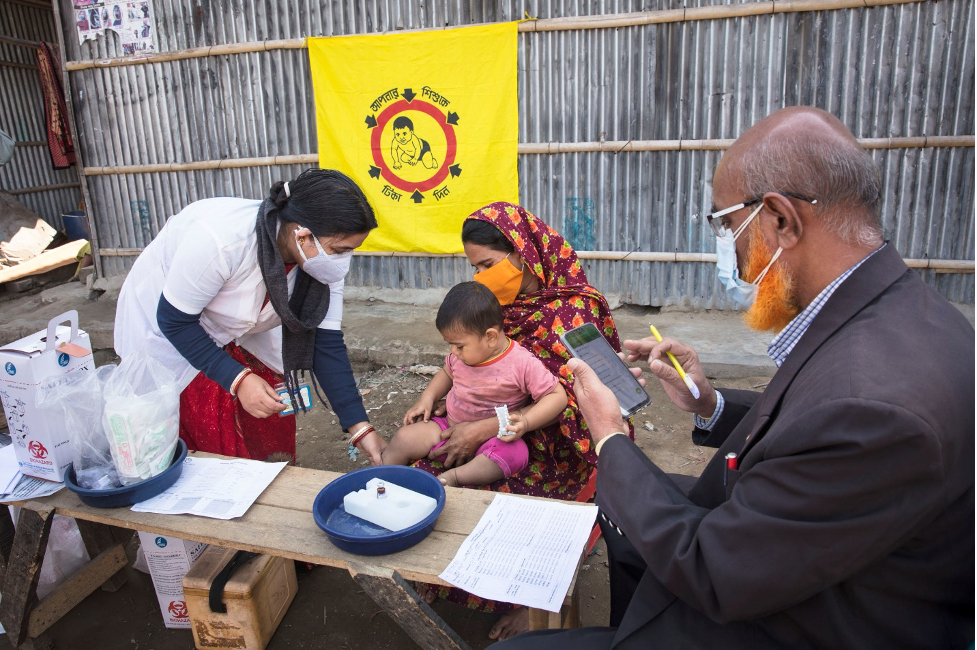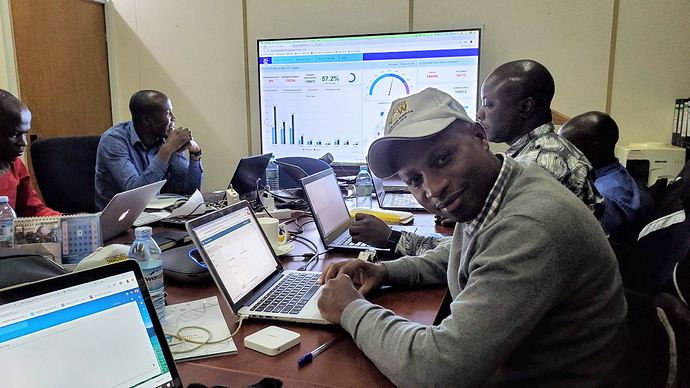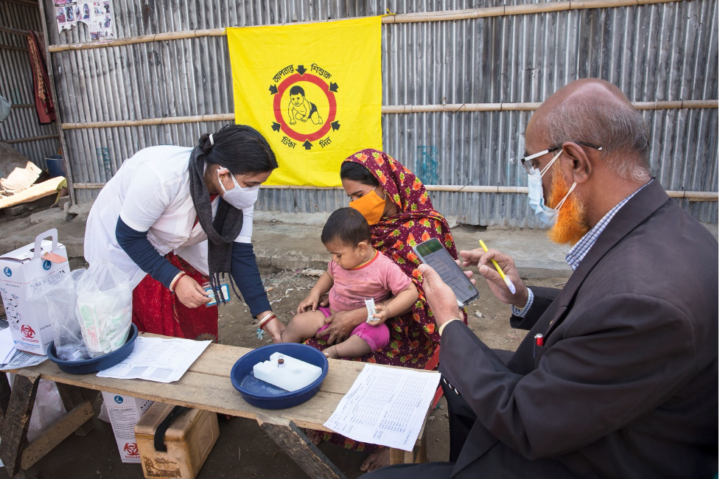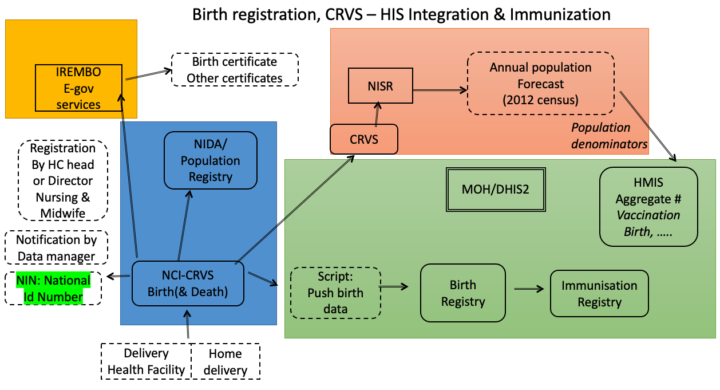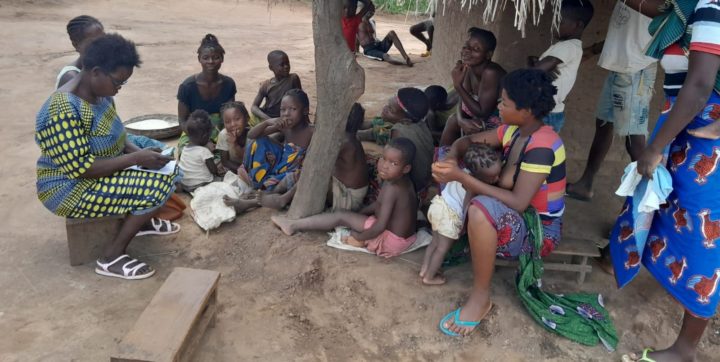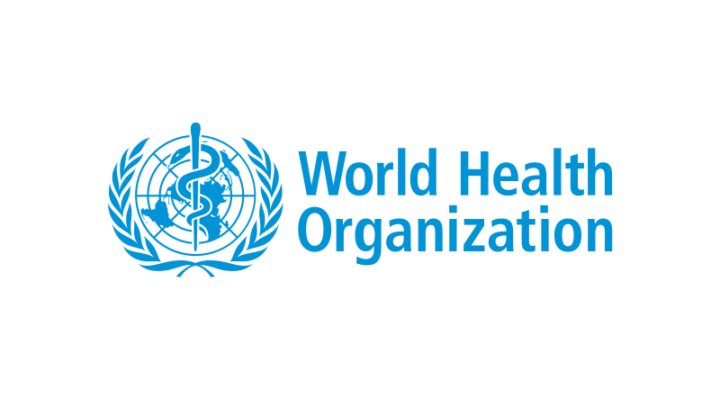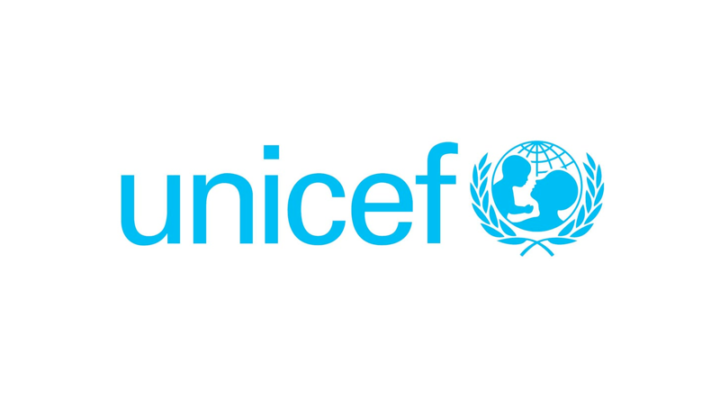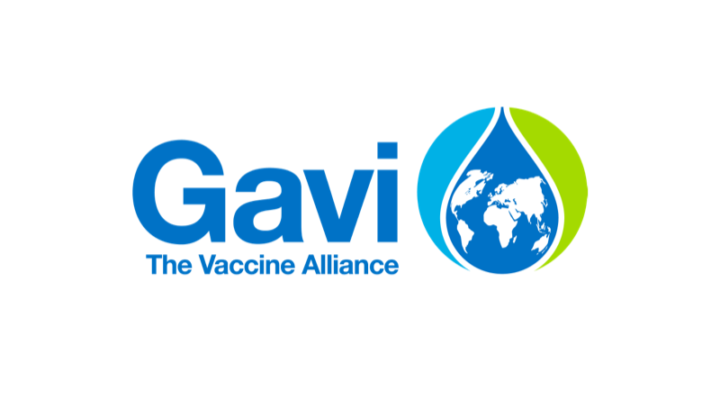With support from Gavi, WHO AFRO, and UiO, HealthEnabled produced a guide to support countries that intend to use DHIS2 for immunization-related activities. This guide presents relevant information that can inform the implementation of DHIS2 for immunization through learning from other country experiences, by providing a review of published literature on the use of DHIS2 for immunization program management, as well as a listing of helpful resources on facility-based data, data quality, interoperability, electronic registry using DHIS2, case-based surveillance and reporting on VPDs, vaccine supply chain information systems, bottleneck analysis and scorecards, DHIS2 and birth notifications, Adverse Events Following Immunization (AEFI), immunization campaign monitoring and other general DHIS2 resources.
Learn more: The Guide to DHIS2 and Immunization Evidence and Resources is available in PDF format. Download the Guide
